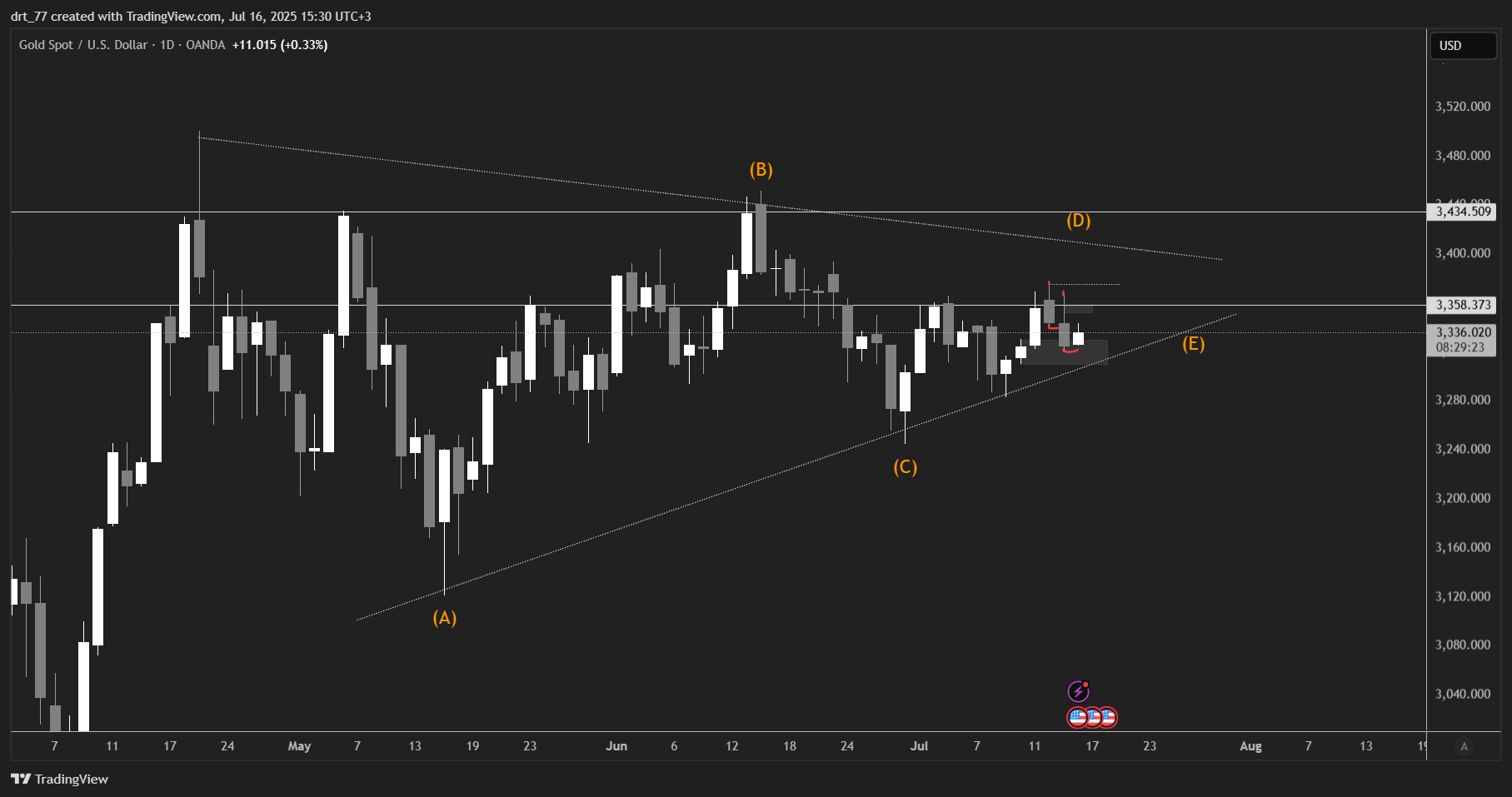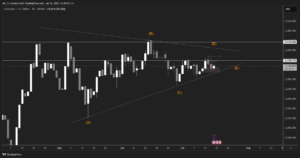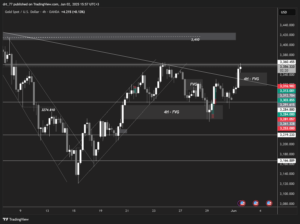EUR/USD fell below parity as the energy crisis, record inflation and slowing growth hit demand for the euro. PMI data could fuel recession fears further.
· Eurozone PMI is expected to contract further in August
· GBP/USD trades at a new 2022 low ahead of UK PMI data
· USD rises & US futures fall; US services activity could surprise to the upside
Yesterday’s rally in the USD and sharp selloff in stocks suggests that the market is pricing in the realisation that the Federal Reserve is unlikely to announce a dovish pivot at this week’s Jackson Hole symposium.
The market appears to have gotten ahead of itself following the slightly cooler CPI reading a few weeks ago and is now re-pricing expectations.
EUR/USD
The picture in Europe is deteriorating at a rapid pace. With natural gas prices continuing to surge as Russia uses the commodity as a political weapon, restricting supply, inflation is unlikely to start falling anytime soon. Worse, the situation could deteriorate further should Russia cut its gas supply regularly heading towards winter.
The deepening energy crisis, record-high inflation, and slowing growth are Europe’s headwinds, dragging European stocks lower yesterday and pulling EUR/USD to a 2-decade low at 0.9925. This was its first daily close below parity since 2002.
Eurozone PMIs
Attention will now turn to Eurozone PMI data, which is expected to show that business activity contracted again in July after falling below the key 50 level, which separates expansion and contraction in June. The Eurozone composite PMI is expected to come in at 48.8, down from 49.9. In Germany, the picture is expected to be weaker still, with the composite PMI set to drop to 47.4, down from 48.1 in June. Weak data could fuel recession fears, potentially setting EUR/USD and the DAX up for further losses.
UK PMIs
Business activity in the UK is expected to have held up slightly better. The service sector and manufacturing PMI are expected to remain above 50 in July at 52 and 51.3, respectively. However, it appears only to be a matter of time before the PMIs slip into contraction. The outlook for the UK economy is bleak, with the energy crisis expected to push inflation higher, intensifying the cost of living crisis.
Citibank project that inflation will reach an eye-watering 18% in January owing to rising energy prices. This is noticeably above the BoE’s peak of 13% for inflation.
GBP/USD reflects the gloomy outlook for the UK economy more than the FTSE, which isn’t surprising given the international nature of the stocks listed on the FTSE100.
GBP/USD is resuming its selloff after falling 0.5% in the previous session. The pair has taken out the 2022 low at 1.1760 as it heads towards 1.17. It would take an upside surprise in the PMIs to help reverse this selloff. However, given the gloomy outlook for the UK economy, any move higher could be considered a selling opportunity.
US PMIs
In the US, the services PMI is expected to have contracted at a slower pace in August, rising to 49, up from 47.3 in July. There is the potential for an upside surprise here given the divergence between the services PMI and services ISM PMI, which jumped to 56.7. An upbeat number could fuel aggressive Fed bets, lifting the USD and pulling stocks lower.
Disclaimer: This article is not investment advice or an investment recommendation and should not be considered as such. The information above is not an invitation to trade and it does not guarantee or predict future performance. The investor is solely responsible for the risk of their decisions. The analysis and commentary presented do not include any consideration of your personal investment objectives, financial circumstances, or needs.





